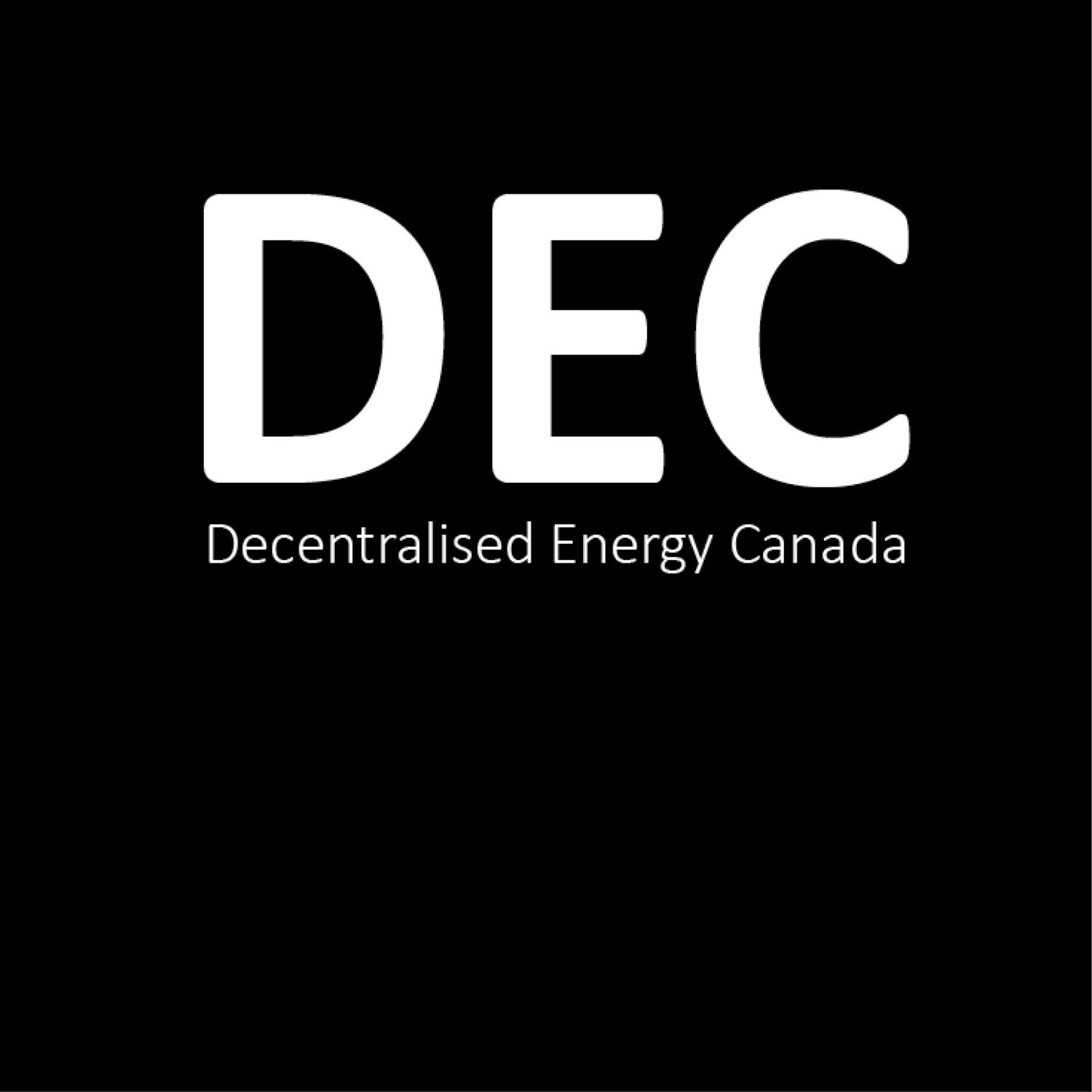Batteries are evolving. No longer just something that needs changing in your TV remote, batteries are fast becoming the engines of the global economy. In a decade’s time, a battery will likely power your car or the electricity grid that lights your home. Perhaps the biggest opportunity lies in electric vehicles. The battery is the most valuable part of an EV, and by 2030, the International Energy Agency predicts we could see a hundred times more EVs on the road than there were in 2020.
If Canada plays its cards right, it has the potential to emerge as a dominant player in this growing global industry. That’s according to recent modelling from Clean Energy Canada and the Trillium Network for Advanced Manufacturing, which explores how Canada can build out its battery supply chain and the economic potential of this industry. And introduction of the U.S.’s new EV tax credit, which requires a proportion of EV battery parts be sourced from North America and battery minerals be sourced from U.S. allies, means Canada has a huge and guaranteed market for its battery products right next door. But with few, if any, EVs expected to meet all the new criteria, the race to build the supply chain is on. Can Canada capitalize on this generational opportunity? If so, what will it take?
Join Clean Energy Canada for a pointed conversation to explore these topics with experts Ilka von Dalwigk, Andrew Miller, and Dr. Leonardo Paoli.

